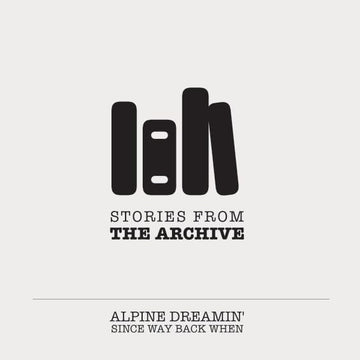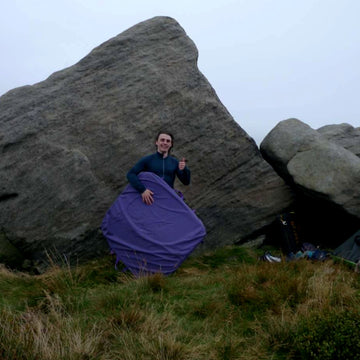
In winter climbing, finding the right rhythm can make the experience rewarding despite the physical demands. Ice climber Ramon Marin shares his best tips.
Winter climbing can be a strange beast: hugely rewarding but equally hard work at the same time.
Getting your systems right is the answer to moving efficiently and having a good day in the hills. Here are a few tips I’ve picked up over the years that make long winter climbing days that bit more pleasant and efficient. I hope they help you as much as they’ve helped me.
Ramon's Top Winter Climbing Tips
Stay fed and hydrated
If you struggle with the cold on big winter days, you need all the help you can get to stay warm. Staying well fed and watered is crucial to this.
Nutrition
This tip from Will Gadd has served me well over the years: "the key to staying warm is to eat fat and protein prior to climbing, and mainly carbohydrates during the climb." I tried it and it worked for me, so I’ve stuck to it ever since.
I’ve settled on porridge with a scoop of protein powder and a healthy dose of nuts (either cashews, walnuts or almonds). I try sprinkled sunflower, pumpkin or chia seeds as well. It’s not a cheap breakfast, but Aldi is every winter climber’s friend!
I usually carry a beefy snack bar for the climb (something like Chocolate Oats & Protein from MyProtein). They’re a bit stodgy, but really fill you up and don’t give a sugar crash. I carry two bars for anything more than four pitches.
Hydration
I aim to drink at least two litres of water or more between waking up and tying on the rope. If there’s driving involved, I'll drink considerably more. This is because I never carry water up the route, so I get as much in as I can beforehand.
It’s hard work to down that much water that early in the morning, but it does make a difference hours later when you're perched on that freezing belay.

Find a glove system that works for you
Everyone has their favourite glove system and they all vary widely, so finding a glove system that works for you is key. I bring a couple of fleece or windproof gloves for the walk-in/walk-out and gearing up. Then I have a lightweight pair with a good grippy palm like the Haline. Then I carry a belay pair like the Shuga clipped to my harness for belaying and seconding, whilst my lead gloves go inside my jacket to keep warm.
Choose your layering system carefully
A layering system right">good layering system of clothes is essential for staying warm, dry and mobile. Nowadays, the most popular is the tried and tested three-layer system: a base layer, an insulating mid-layer and Waterproof jackets">a waterproof hard shell. There are a million permutations of this system and everyone has their favourites. For me, what works best in Scotland is a merino base layer (like the Kepler range) - especially if you climb for multiple days with no showers - a warm synthetic mid layer like the Keeshond and a heavy-duty waterproof hard shell like the Definition.
Make sure your boots fit properly
Good waterproof boots play a key part on a good day out. There are so many outstanding boots on the market, but the single most important thing is that they fit well. The general rule of thumb is that La Sportiva work well for narrow feet and Scarpa for wide ones. The fit needs to be tight enough to feel the intricacies of the climbing but roomy enough in the toe box to wriggle your toes.

Keep your feet warm
I once had a badly frost-nipped toe in Norway. Although it was an unpleasant and fairly gruesome experience (I lost my toe-nail and the skin), the biggest inconvenience was the lasting damage as it’s now more prone to getting cold. I now put a lot more effort into keeping my feet warm.
Not only do your boots need to fit properly, but your socks must do their job well too. I find that thicker socks don’t always mean warmer feet, and that having a wicking sock and an insulating sock doesn’t really work for me either. I always change into a fresh pair of dry socks after the walk-in. It adds five minutes of faff whilst gearing up, and is sometimes a tricky manoeuvre in foul weather, but I always regret it if I don't do it. Most of my partners don’t bother with this but, for me, it's a must!
Prepare yourself for a long belay
For long belays on trad winter leads, a good belay jacket is essential. Depending on the weather conditions, a mid-weight jacket may suffice. But in full-on conditions, only a beefy jacket will do. It almost goes without saying that the jacket will have to be of synthetic insulation: even hydrophobic down won’t stay dry in bad conditions, rendering the jacket useless.
A good mid-weight candidate is the Katabatic; sometimes the 60gsm Primaloft insulation is enough to keep warm on the shorter Northern Corries routes. But for longer epics like on the Ben or Beinn Eighe, I always take something beefier like the 0Hiro (which has 120gsm insulation in the body).
For some,100gsm insulation still won’t be enough and you’d need something even beefier. However, be mindful that the bigger the jacket, the bigger your pack and the bulkier it is for seconding.
Mostly a compromise is the answer: warm enough but mobile enough. On routes where I’ll be back down at the packs at the end, I take a super lightweight backpack to carry the belay jacket in. That can be also useful for carrying head-torches and snacks.

Make sure you have the appropriate gear
There are many other elements that aren’t as important but that would definitely help to optimise your day out.
Having skinny double ropes save a lot of weight, especially on long walk-ins. Consider using a 50-metre rope to save even more weight as you’re unlikely to do a full 60-metre pitch. Another thing I found useful is to use wired hexes instead the slinged ones - it makes bashing them into cracks a lot easier as you don’t have to be as careful with no dyneema to damage.
Read about Ramon Marin's rare bluebird sky winter climbing trip to the Cairngorms in his daring deed with more to come after his upcoming trip to Senja, Norway.



![Filoment Vest [Womens]](http://alpkit.com/cdn/shop/files/womens-filoment-vest-2024-celestial-COLOUR-CHANGE.jpg?v=1732661095&width=768)
![Filoment Vest [Womens]](http://alpkit.com/cdn/shop/files/Filoment-Vest_AW24_Womens_Chamonix_3908_1.jpg?v=1762190565&width=768)

![Filoment Hoody [Mens]](http://alpkit.com/cdn/shop/files/AW25-Chamonix-JW-5042_2.jpg?v=1764948177&width=768)
![Filoment Hoody [Womens]](http://alpkit.com/cdn/shop/files/womens-filoment-2024-celestial-COLOUR-CHANGE.jpg?v=1762183751&width=768)
![Filoment Hoody [Womens]](http://alpkit.com/cdn/shop/files/Camping-Arran-9548_1.jpg?v=1762190561&width=768)
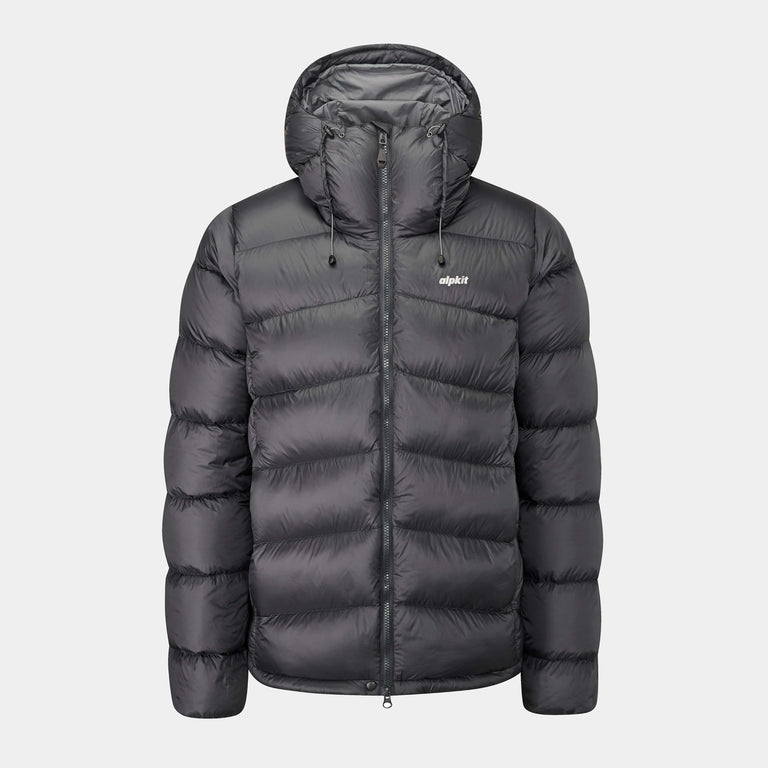
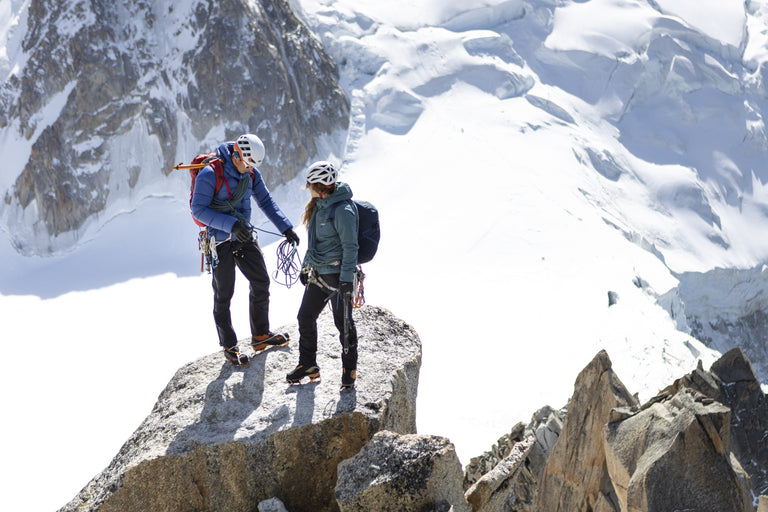
![Fantom [Womens]](http://alpkit.com/cdn/shop/files/womens-fantom-2025-lego.jpg?v=1761315471&width=768)
![Fantom [Womens]](http://alpkit.com/cdn/shop/files/AW25-Chamonix-JW-6769_1.jpg?v=1764162276&width=768)
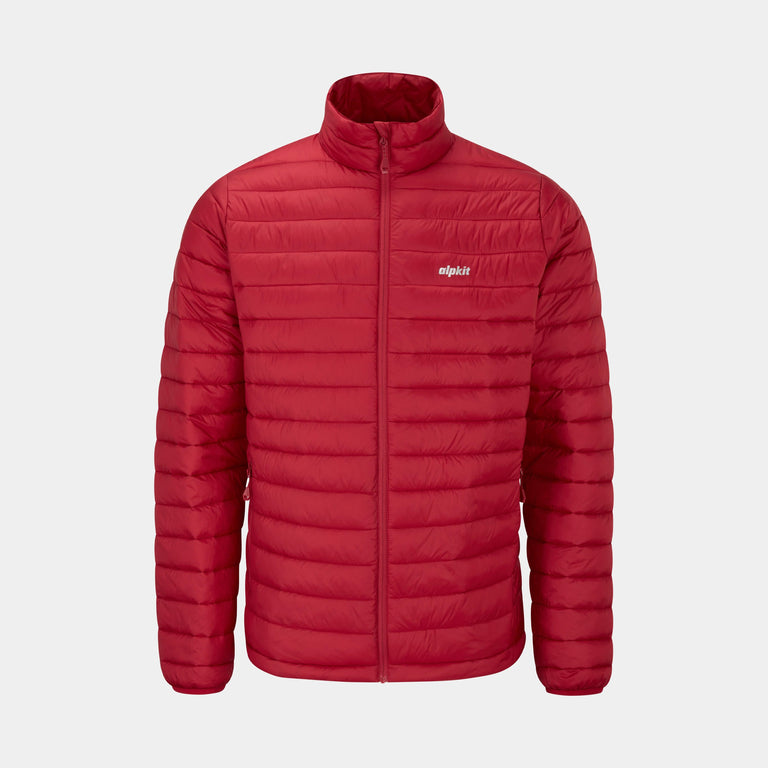
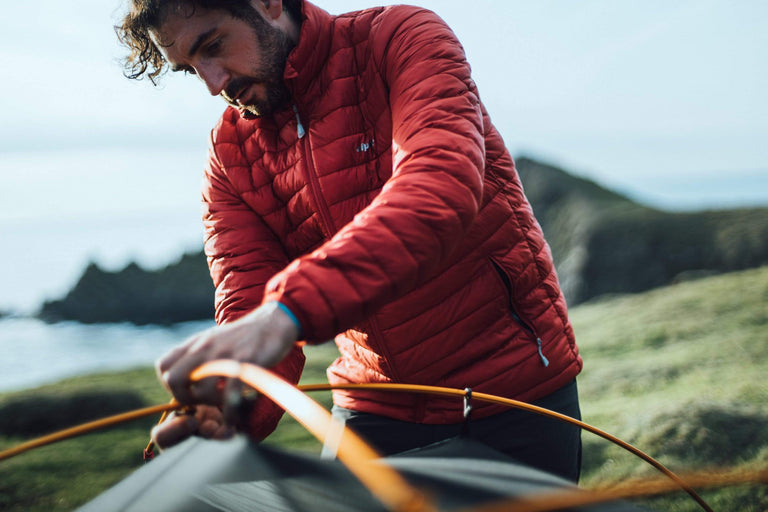
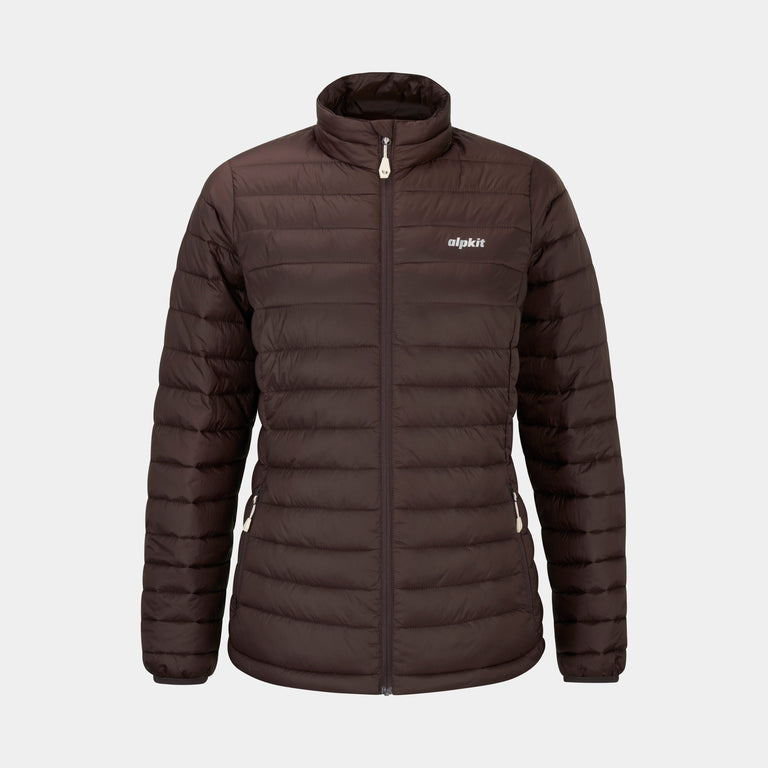
![Talini [Womens]](http://alpkit.com/cdn/shop/files/talini-1.jpg?v=1761823381&width=768)

![Heiko [Mens]](http://alpkit.com/cdn/shop/files/Heiko-Men-Location-1.jpg?v=1764163055&width=768)
![Heiko [Womens]](http://alpkit.com/cdn/shop/files/heiko-womens-2025-cosmos.jpg?v=1759943580&width=768)
![Heiko [Womens]](http://alpkit.com/cdn/shop/files/Heiko-Location-2.jpg?v=1765360327&width=768)
![Jura Mountain Smock [Womens]](http://alpkit.com/cdn/shop/files/jura-womens-2025-alder_d06073cb-b198-4e64-8c67-594b1ed0069e.jpg?v=1762186178&width=768)
![Jura Mountain Smock [Womens]](http://alpkit.com/cdn/shop/files/Alpkit-Winter-Swim-91_1__1.jpg?v=1762190567&width=768)
![Jura Mountain Smock [Mens]](http://alpkit.com/cdn/shop/files/jura-mens-2025-alder.jpg?v=1759922692&width=768)
![Jura Mountain Smock [Mens]](http://alpkit.com/cdn/shop/files/jura-mens-2025-alder-1.jpg?v=1765361100&width=768)
